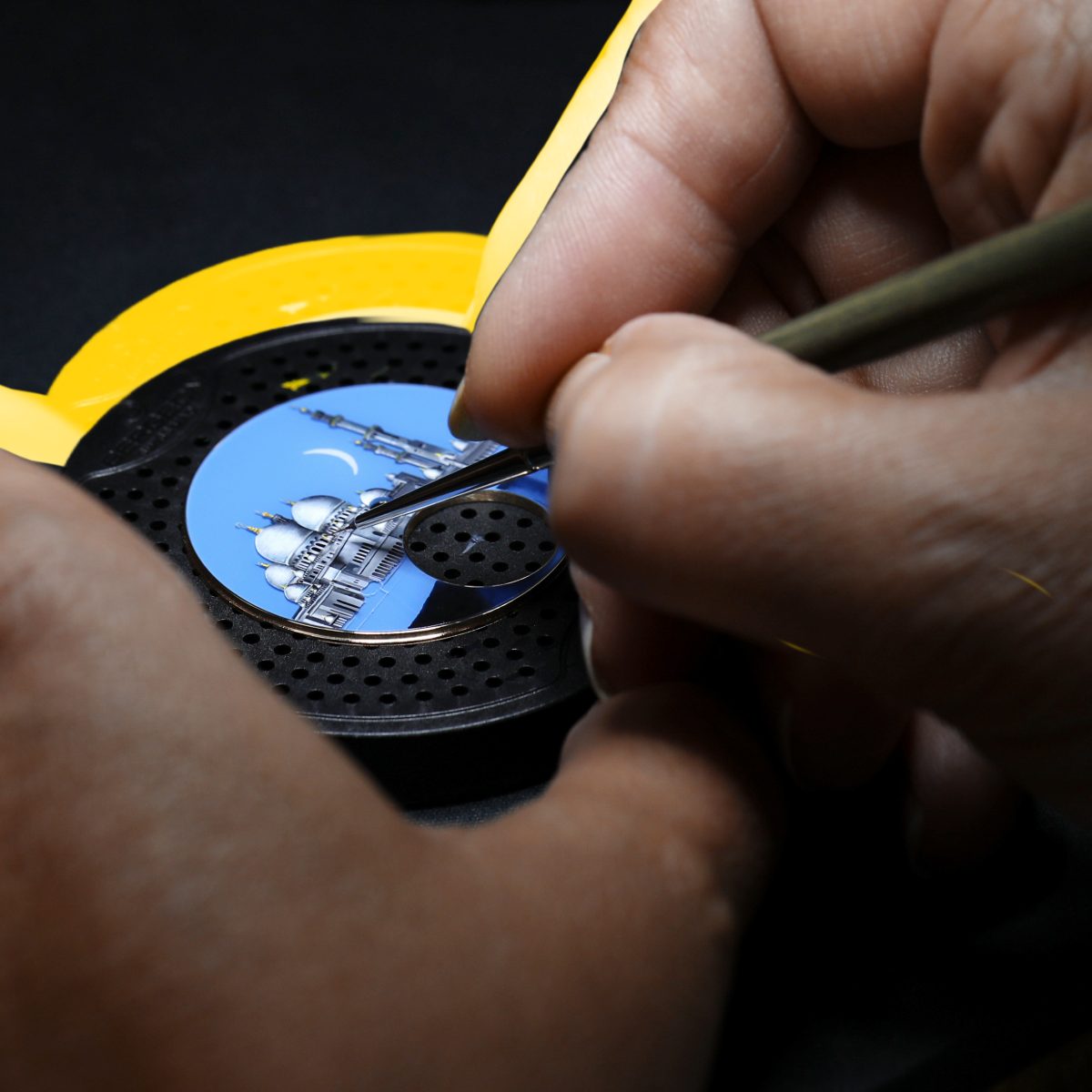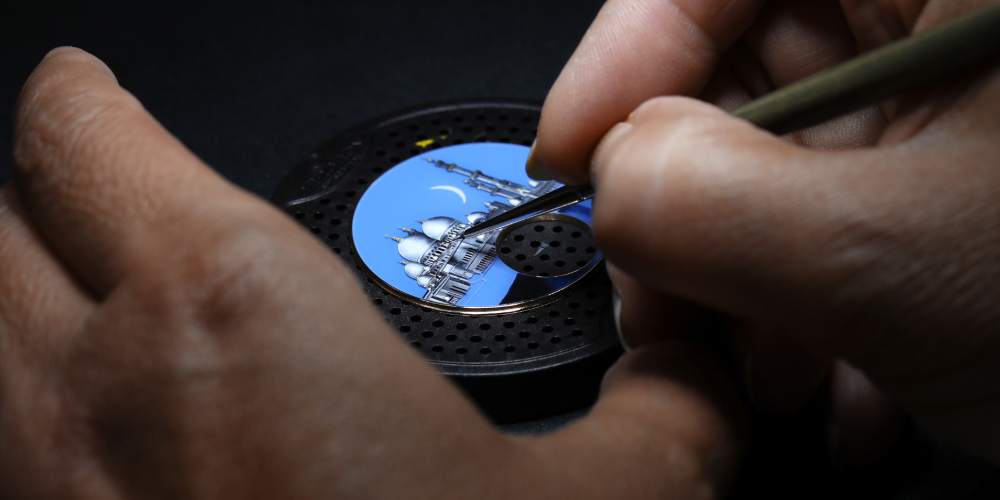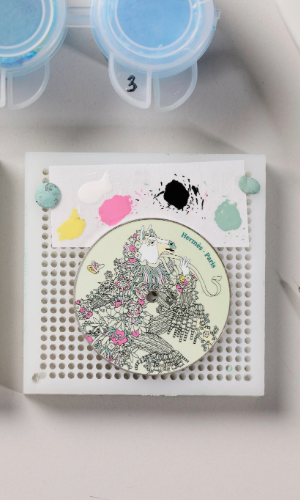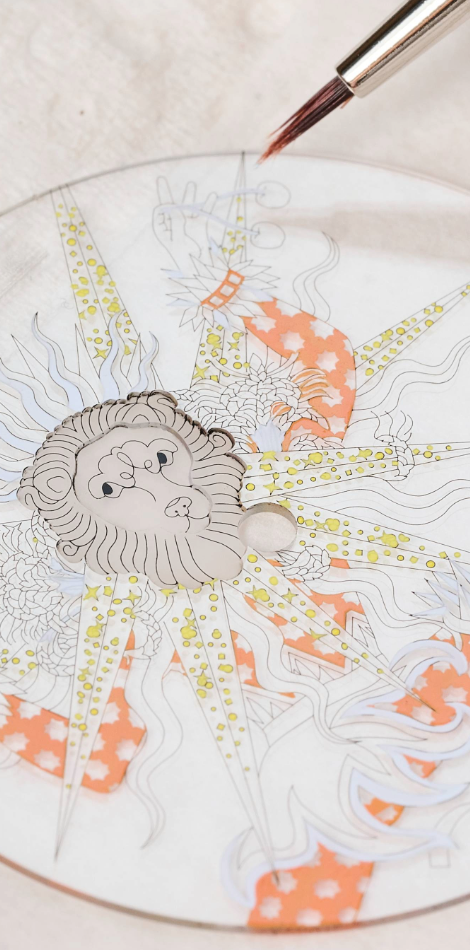Q&A
What does a miniaturist do?
A miniature painter recreates, on a watch dial, a portrait, painting or other design, following the brief set by the client. One advantage of miniature-painted decorations is that they barely add to the thickness of the dial which can therefore be cased as normal. Lower firing temperatures (compared with enamel) are an additional advantage as there is less likelihood of the dial becoming damaged during firing. Nonetheless, miniature painting requires extreme care and even the smallest "slip of the brush" can compromise the entire piece. Miniature painters may be asked to work on projects with specialists in other disciplines, in which case it is their responsibility not to jeopardise the other artists' work.
What are the challenges?
The main challenge is the ability to concentrate: a miniaturist must be capable of working for hours on end, staying completely focused and with the same dexterity and a steady hand from beginning to end. This aptitude, a form of self-hypnosis for some, demands considerable self-control, excellent time management skills and awareness of one's physical and mental limits.
How can I specialise in miniature painting?
Miniature painters generally learn "on the job". Having developed a certain interest in fine or decorative art, they acquire their specialisation by working alongside more experienced artisans or, more rarely, are self-taught. This enables them to benefit from a master artisan's know-how while building a network of contacts that will be of use to them in their later career.



